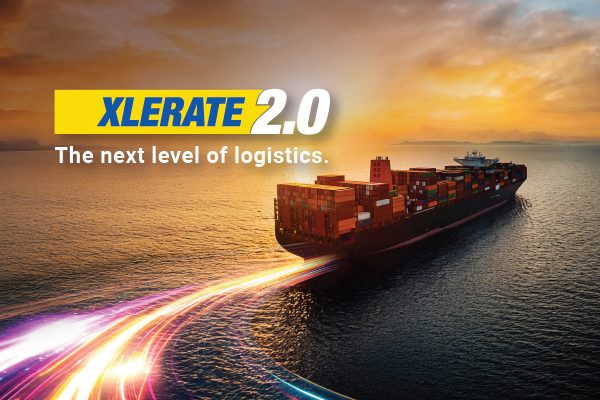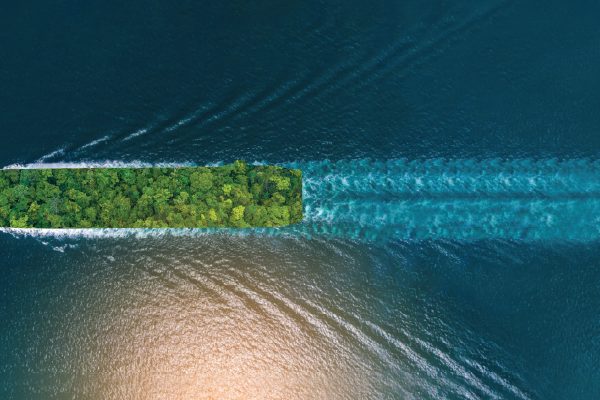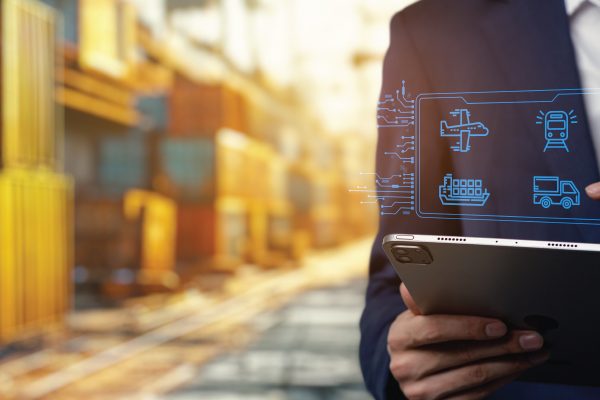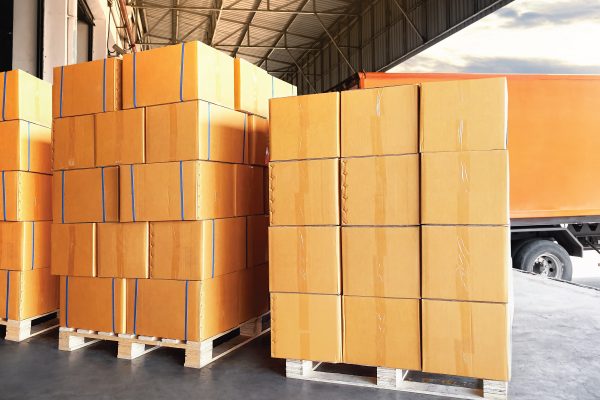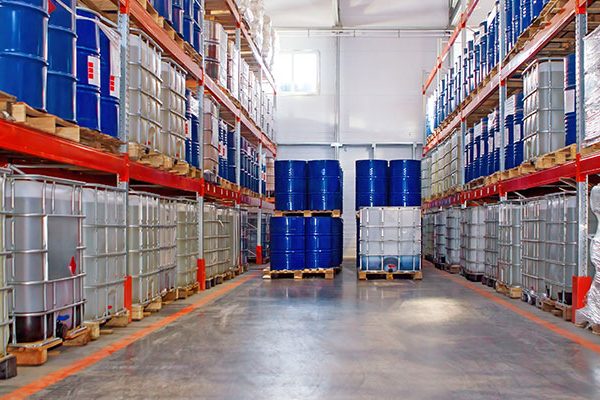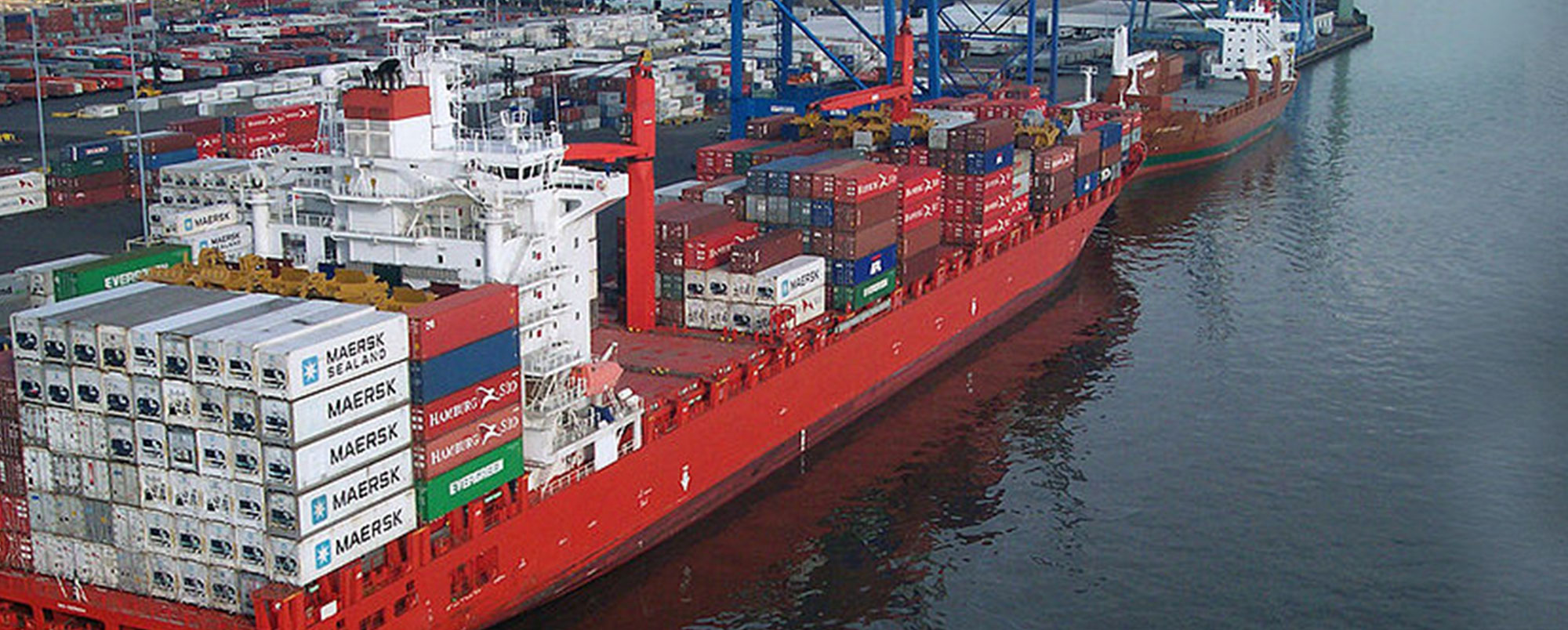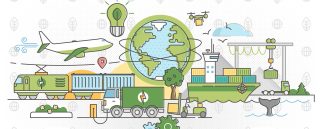Rivers are the next big frontiers for India’s logistics sectorIndia’s vast river network offers huge potential for efficient cargo movement at a fraction of the road and rail transportation cost
November 12, 2018 was a historic day for the Indian logistics sector, when a container cargo sailed on inland waterways and reached the country’s first multi-modal terminal on the river Ganga. The formal inauguration of the first of the four multi-modal terminals on the National Waterway-1 (NW-1) marked the beginning of a new era for cargo transportation in India. Allowing navigation of large vessels weighing up to 2,000 tonnes, even as the Varanasi-Haldia stretch of river Ganga is set to emerge as the country’s busiest inland waterway and a logistics artery for northern India, will open the floodgates to the huge untapped potential for cargo movement across the country’s rich river network.
The abysmally low volumes being moved on internal waterways in India are an indicator of the huge opportunity in the segment; while 7 per cent of Europe’s cargo is transported along inland waterways, 8 per cent in the US and a good 8.7 per cent in China, just 0.5 per cent of goods are currently being transported through India’s inland waterways. Even if a conservative 5 per cent is targeted, inland waterways present an opportunity for a 10-fold growth in volumes and business.
Tapping the potential
India has an extensive network of inland waterways in the form of rivers, canals, backwaters and creeks. The total navigable length is 14,500 km, out of which about 5,200 km of the river and 4,000 km of canals can be used for cargo transportation. The cost of water transport in India is roughly just 50 paise a kilometre, as compared to Rs1 by rail and Rs1.5 by roads. With the government is keen to cut logistics costs — which at 18 per cent of the country’s GDP, are among the highest globally — water transport is being viewed as one of the effective solutions.
To increase the share of waterways in inland transport, the Government passed the National Waterways Act, 2016, under which 106 additional National Waterways will be developed. Currently, some of the active inland waterways in India are the Ganga-Bhagirathi-Hooghly rivers, the Brahmaputra, the Barak river, the rivers in Goa, the backwaters in Kerala, inland waters in Mumbai and the deltaic regions of the Godavari-Krishna rivers. The waterway’s stretch between Kolkata and Delhi passes through one of India’s most densely populated areas. According to a World Bank study, a sizeable 40 per cent of all India’s traded goods either originate from this resource-rich region or are destined for its teeming markets. While the region is estimated to generate about 370 million tonnes of freight annually, only a tiny fraction of this — approximately 5 million tonnes — currently travel by water.
The way forward
Waking to the huge potential, the government aims to increase the inland waterway cargo movement from the current 8 million tonnes to 27 million tonnes in the next two years itself. Currently, cargo from the Gangetic states of Bihar and Uttar Pradesh take circuitous land routes to reach the sea ports of Mumbai in Maharashtra and Kandla in Gujarat, rather than going to the much-closer port at Kolkata. The development of NW-1 will help these states direct some of their freight to the Kolkata-Haldia complex, making the movement of freight more reliable, while reducing logistics costs significantly.
The World Bank is financing the development of the Ganga waterway with a loan of $375 million. The Capacity Augmentation of NW-1 Project will help put in place the infrastructure and services needed to ensure that NW1 emerges as an efficient transport artery in this important economic region.
Once operational, the waterway will form a part of the larger multi-modal transport network being planned along the river. It will link up with the Eastern Dedicated Rail Freight Corridor and the area’s existing network of highways. This web of water, road and rail arteries will help the region’s industries and manufacturing units switch seamlessly between different modes of transport as they send their goods to markets in India and abroad.
In order to reach this objective, a number of approaches need to be adopted: the modernisation of infrastructure, the harmonisation of different types of equipment and procedures, developing the safety of maritime navigation and preserving the maritime environment. The inland waterway transportation system is already a big boost for eastern India, thanks to the efforts of the Government. The new initiative to develop inland waterways will directly benefit Uttar Pradesh, West Bengal, Jharkhand and Bihar. The increased volumes on inland waterways will not only decongest the busy highways and cut pollution levels, but also deliver a significant cut in logistics costs and lead to improved economic indices. Rivers can well be the next frontier for India’s economic growth.
Growth engine globally
Be it Europe or other parts of the world, cities built on the banks or at the mouths of rivers historically witnessed growth and development. The dominance of maritime and river navigation has characterised the transport of goods for centuries. For instance, in Europe more than 37,000km kilometres of waterways connect hundreds of cities and industrial regions; 13 countries have an interconnected waterway network. The Danube-Main-Rhine route is one of the most important waterways in the world, besides others like the Mississippi-Great Lakes-Saint Lawrence River in the US, the Amazon in South America, the Nile in Egypt and the Yangtze River in China. The Danube, being the second longest river in Europe, with a catchment area covering one-tenth of the continent, is an important part of the Trans-European Networks. The European Commission aims to promote and strengthen the competitive position of inland waterways in the transport system and to facilitate its integration into the intermodal logistics chain.




